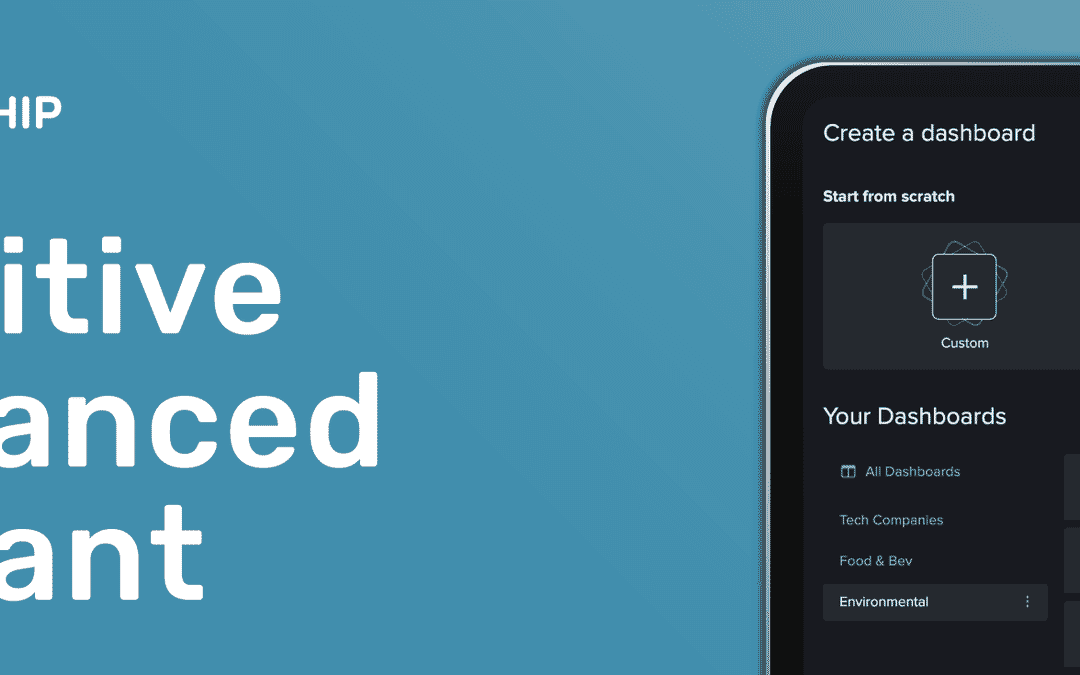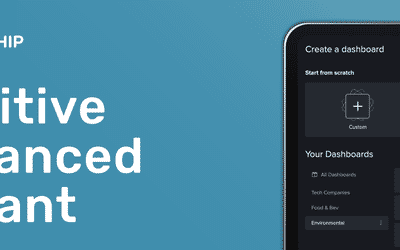How do you weigh your social media metrics? We dive into the values of different metrics, including likes, shares, comments, and more.
On “The Office”, manager Michael Scott asks his receptionist to record employee performance during the day. He later asks her who’s winning, and this exchange follows.
Michael Scott: Who’s ahead in points?
Pam: I think they’re even. At various times you gave Jim 10 points, Dwight a gold star, and Stanley a thumbs-up. And I don’t really know how to compare those units.
Michael Scott: Well, check to see if there is a conversion chart in the notebook.
Unfortunately, there’s not a conversion chart for social media metrics either. What is a favorite to a retweet, a pin to a heart, a like to a love? How can you weigh your social media metrics to understand the true value of your content?
We dive into the top social media metrics and what they mean for your content’s performance.
Likes, Favorites, and Hearts
A like, favorite, heart, or upvote is the simplest way to make sure your content is on the right path. Accruing likes is a sign you’re doing something right, that your audience is seeing your content and engaging with it.
However, a Like is also the quickest engagement for a user to complete — Instagram users can double-tap photos to like them as they scroll aimlessly by. Likes then can be more indicative of your audience size rather than deep engagement.
One way to further discern the value of your Likes is by dividing the Likes on a post by your audience size. Is there a higher percentage of followers engaged for certain posts?
This was Vogue Magazine’s top Liked post of February on Instagram. For the month, Vogue saw an average of 67,992 Likes per post.
Reddit has a slightly more nuanced system, through its upvotes and downvotes. Facebook is toying with this, having recently added a ‘dislike’ button into Messenger.
Value: Modest.
Reactions (Facebook)
Facebook just recently announced that Reactions will be weighed more significantly than Likes in its algorithm. We’ve written about Reactions before, and noted that Reactions are a powerful metric.
It takes longer for a user to pick and choose a Reaction over a Like. It’s an intentional action, not just mindlessly scrolling. And Reactions show sentiment.
These sentiments can vary, though. They can reveal a different array of emotions, which may not be what the content creator intended. Here is what we’ve noted for each reaction.
Anger: Either your content is stirring up strong feelings of anger and disapproval, or your entire publication or brand is having a negative effect with your followers.
https://www.facebook.com/169597416843751/posts/246563549147137
For example, this story from Occupy Democrats has driven more Angry reactions than any other metric, including shares and comments. For this story, that’s actually a positive metric for Occupy Democrats, since outrage is the intended response.
But for Nickelodeon, a children’s TV network, an announcement ended up prompting negative feedback from fans through the Angry reaction.
https://www.facebook.com/135093393232756/posts/1390672291008187
While there isn’t a dislike button yet for the newsfeed, the Angry reaction may fulfill that role.
Sad: Your content is tugging at users’ heartstrings, or again, your publication or brand could be garnering negativity on the whole.
https://www.facebook.com/164305410295882/posts/1947869988606073
This video from Daily Mail saw over 262,000 Sad reactions, higher than any metric other than shares. Sad reactions show your content is provoking an emotional reaction in followers.
Love: The best way to describe a Love reaction is as a Like on overdrive. You’re invoking warm, fuzzy feelings, or such strong feelings of glee and delight, your users then choose a Love reaction instead of a simple Like.
https://www.facebook.com/334191996715482/posts/1044866342314707
Publishers like the Dodo, which focuses on positive content, tend to see a high number of Love reactions.
Ha-Ha: Your content is genuinely funny. Like Angry and Sad, Ha-Ha can also be used for content that is unintentionally laughable.
https://www.facebook.com/86680728811/posts/10155448980378812
This photo from ABC News drove over 38,000 Ha-Ha reactions.
Wow: The Wow reaction has a few different uses, so you need to look at your content for context. Users tend to select the Wow for content that is either shocking, awe-inspiring, or thrilling.
https://www.facebook.com/566760030037879/posts/1315835835130291
GiveMeSport saw over 47,000 Wow reactions for this video of a Marine with some serious super strength.
Reactions are also being used as a method of easily polling users. The content will display the choices, asking users to select the corresponding Reaction for their vote.
https://www.facebook.com/25427813597/posts/10154696934688598
Value: Medium.
Shares, Retweets, Pins, and Tags
Shares have become increasingly valuable as social media algorithms favor organic distribution as the way to surface content in users’ feeds.
If your content is gaining shares, you’ve created something that is resonating with your followers, where they want their friends and family to see it.
Shares can also help grow your audience, as you get more eyes on your content.
https://www.facebook.com/59306617060/posts/10154315710532061
This video from Good Morning America saw nearly 2.6 million shares in February. Compare that with the publishers’ monthly average of 4,979 shares per post that month.
Value: High.
Comments
Social media comments can be a mixed bag, sometimes devolving into chaos. But for publishers and brands, it can be a highly valuable source of unsolicited, organic feedback.
Through your comments on social posts, you can engage with your readers directly. Rather than speaking at them, you can turn your storytelling into an open dialogue. You can find out what’s important to your readers and curate new content ideas from their responses.
https://www.facebook.com/407570359384477/posts/913313665476808
This Live video from AJ+ spurred over 16,000 comments, far more than its 11,000 likes/reactions and 1,700 shares.
For Facebook Live and other live-streams, a high amount of comments can be a metric of success, as it shows viewers were actively engaged with your broadcast.
If none of your content is driving any comments, it might be time to step back and figure out how you can encourage more participation, whether through asking questions of readers, prompting them to tag a friend, or posting more thought-provoking content.
Value: High.
So what should we be doing with these insights?
Each of these metrics have value for different reasons. Though we may try to weigh them, we can’t truly compare apples and oranges, anymore than Michael Scott could compare a gold star to a thumbs up.
For a full picture of your content’s performance, you need to look at all of the different metrics. But if you’re focusing on a specific goal, whether its distribution or active audience participation, some metrics will be more valuable than others.
For a full picture of how content is performing across specific metrics, check out NewsWhip Spike.











